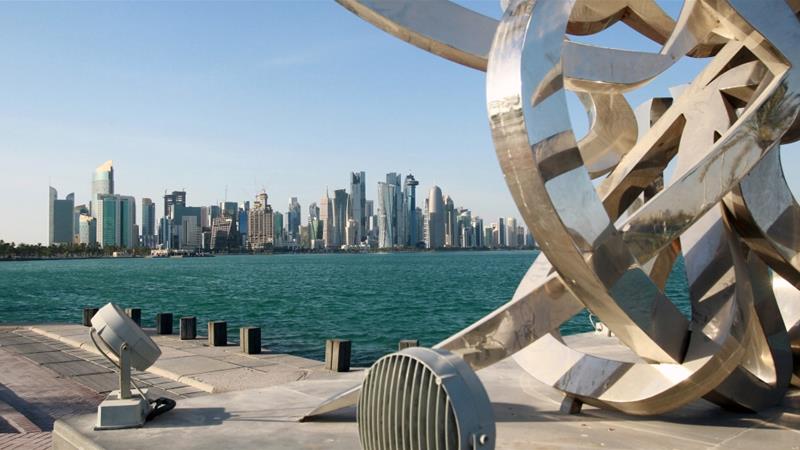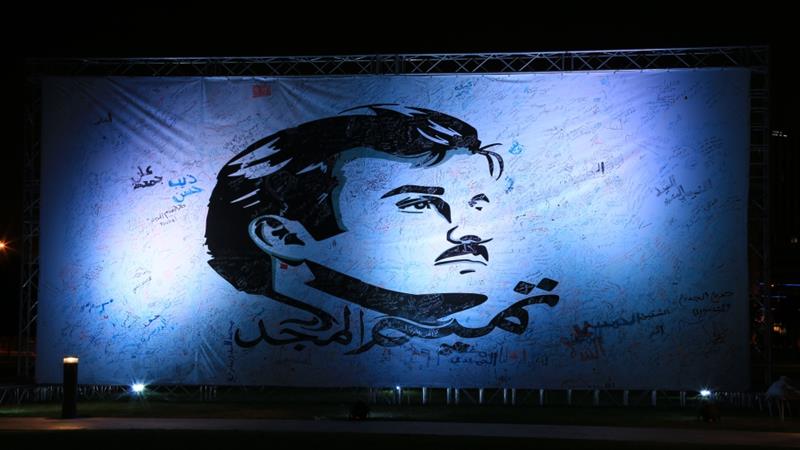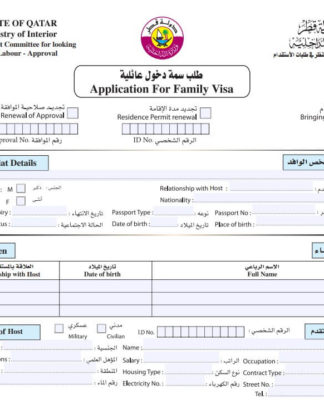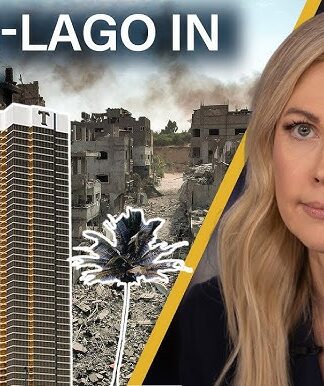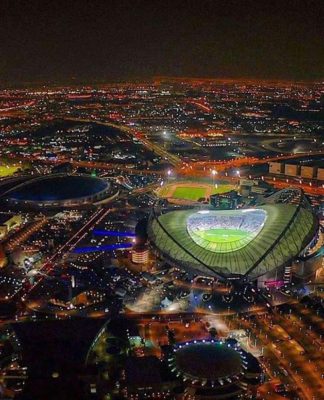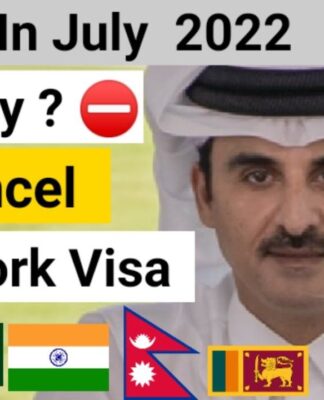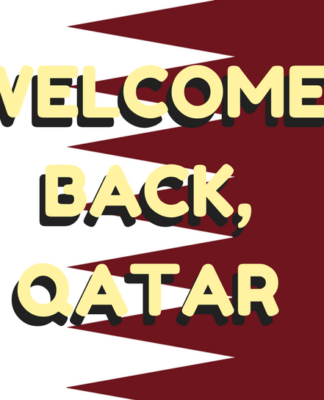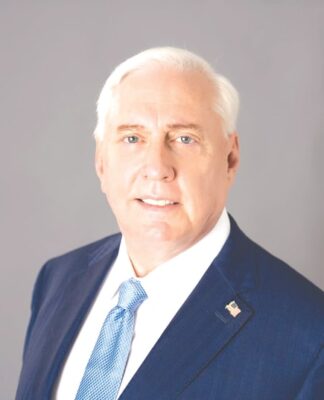![The Gulf crisis: How it all started Four Arab countries - Bahrain, Saudi Arabia, the UAE and Egypt - triggered the Qatar-Gulf crisis by cutting their ties with Qatar on Monday June 5, 2017 [Reuters]](https://www.aljazeera.com/mritems/imagecache/mbdxxlarge/mritems/Images/2018/5/31/fa7fdd576f1d4a6f870d8923435215b5_18.jpg)
As the first anniversary of the blockade on Qatar approaches, the main protagonists have settled into a modus vivendi of sorts.
After overcoming the initial psychological and financial shock, Qatar has doubled-down on security relations with the US and Turkey and expanded diplomatic and trade ties with partners old and new across the world.
The blockading nations led by Saudi Arabia and the United Arab Emirates (UAE) continue to blame Doha for this breakdown in intra-Gulf relations, though increasingly they also look to downplay its importance. Speaking in Cairo in March, Saudi Crown Prince Mohammed bin Salman described the ongoing standoff as a “very trivial” matter that merits almost no attention back home.
The clash with Qatar may not be the top priority in Riyadh, Abu Dhabi or Cairo, but it is not trivial. Its fault lines run deep, it is unprecedented in its scope, and its implications are far-reaching.
It underscores the rising influence of ambitious crown princes in Riyadh and Abu Dhabi who do not feel bound by the more cautious and conservative foreign policy approaches of their predecessors.
Instead, having consolidated Abu Dhabi’s position as the dominant force in the UAE, Crown Prince Mohammed bin Zayed Al Nahyan is pushing ahead with plans to transform the federation into a strategic, as well as economic, actor of the first rank.
Since becoming the key player in Saudi Arabia following his father’s accession to power in January 2015, Mohammed bin Salman has demonstrated a similar willingness to take big risks to project power and extend influence well beyond the Gulf.
The upshot has been a novel alignment between Abu Dhabi and Riyadh that has attempted to overturn the traditional security architecture in the region. Central to this has been an attempt to replace a defensive security model based around the GCC with a more offensive approach based on the pro-active ratcheting up of tensions with opponents and the break-up of existing regional structures.
In these terms, the launch of the blockade last June by the UAE-Saudi axis was intended to diminish Qatar’s political autonomy and economic independence, as it was perceived as an obstacle to these wider strategic ambitions. That such a move was deemed necessary, as much as the blockade itself, has exposed the deep cleavages that have undermined and overshadowed intra-Gulf cooperation for decades.
Saudi domination
Saudi Arabia is not only home to Islam’s holiest sites. It is also home to the Gulf’s largest territory, population, economy and army, as well as much of its oil. This explains why its Gulf neighbours, who after 1981 became its partners in the GCC, have been consistently preoccupied with the Saudi threat.
They have been particularly wary of Saudi attempts to achieve regional dominance in the security sphere. A majority of GCC members – the UAE, Oman and Kuwait, as well as Qatar – have repeatedly vetoed Saudi-sponsored proposals for a Gulf-wide security framework since the 1980s. This culminated in December 2011, when the Riyadh Declaration, the Saudi attempt to transform the GCC into a fully fledged union with a joint GCC military command, was backed only by Bahrain.
In 1992, the same year that Sheikh Hamad bin Khalifa Al Thani became de facto ruler, border clashes between Qatari and Saudi troops over a long-running territorial dispute resulted in two deaths. In the summer of 1995, relations deteriorated further as Saudi Arabia took a stance against Sheikh Hamad when he took over from his father. This failed intervention shaped Qatar’s evolving foreign policy approach.
Over the next two decades, until he handed over power to his son Sheikh Tamim in 2013, Sheik Hamad oversaw his country’s development into a key player in global energy, financial, investment and property markets. Qatar also became a significant foreign policy actor in these years, in the process challenging the Saudi position as the Gulf’s dominant diplomatic and political player.
These efforts were facilitated by close security ties with Washington, rising gas income and the unprecedented influence of Al Jazeera, the cable news network founded a year after Sheik Hamad became emir.
In 2002, an indignant Saudi leadership, furious at Al Jazeera for providing a platform for the kingdom’s dissidents, withdrew its ambassador from Doha in a diplomatic spat that lasted five years.
Though the UAE and Qatar also clashed over Al Jazeera and were involved in their own territorial dispute, they often cooperated inside the GCC to close the power gap with Saudi Arabia. In a highly symbolic move staunchly opposed by Riyadh, in the early 2000s, they even announced their plan to build a causeway over the Khor al-Odeid waters that, if completed, would have enabled them to bypass Saudi territory, demonstrating their independence from their larger neighbour.
Yet, as their foreign policy paths increasingly diverged, the UAE moved closer to Saudi Arabia in its confrontation with Qatar. This crystallised during the Arab Spring, when they found themselves on opposing sides in several major issues, including the revolution in Egypt, the rise of the Muslim Brotherhood and the future of post-Qaddafi Libya.
These tensions illuminated contrasting Qatari and Saudi-Emirati visions for the future of the Middle East that were greatly exacerbated by the parties varying perceptions of “smallness”.
Qatar never saw its tiny population and territory or its lack of military might as a barrier to an independent foreign policy or regional influence. Saudi Arabia and the UAEdisagreed and, after the turmoil of the Arab Spring, they pushed for Qatar to accept its subordinate status.
This explains the brief withdrawal of ambassadors from Doha by the UAE and Saudi Arabia (and Bahrain) in 2014, a move intended to send a clear message to Doha that its disparate policies would no longer be tolerated by its bigger Gulf partners.
Traditional hierarchies, as much as tribal identities, are still a source of power in the Gulf. This also explains why the rhetoric and demands coming out of Abu Dhabi and Riyadh in the present crisis have not only targeted Qatar’s foreign policy but also its history, legitimacy and sovereign rights.
The demise of the GCC
The biggest casualty of all this is the GCC. It has proven itself incapable of serving as amechanism to resolve the crisis. Nor has it been able to provide any reassurance to either Oman or Kuwait as they deal with the fallout from this clash between their regional partners.
Kuwait’s emir, Sabah Al Ahmad Al Sabah, was his country’s foreign minister when the GCC was launched in 1981. His attempt to find “rapprochement among the brothers” has earned him the praise of the international community but has achieved little so far.
This impotence was amply demonstrated last December when Qatar’s Sheik Tamim was the only GCC leader to accept an invitation to attend the first GCC summit since the crisis began. That the rulers of the UAE, Saudi Arabia, Bahrain and Oman stayed away from Kuwait City was bad enough. Worse, just hours before the ill-fated meeting began, the Saudi and UAE governments announced the launch of a new joint economic and military cooperation committee.
The message was clear – going forward these two Gulf powerhouses would no longer use existing GCC structures to discuss important regional matters.
This very public move to undermine the GCC is deeply problematic.
The GCC has a far-from-perfect record, failing in particular to institutionalise military and security cooperation. But for almost four decades prior to the blockade, it did provide an effective mechanism for members to chisel out a united response to regional crises. This was evident during the brutal and destructive 8-year war between Iran and Iraq in the 1980s and following Iraq’s invasion of Kuwait in 1990, the American invasion of Iraq in 2003, and the start of anti-government protests in Bahrain in 2011.
The GCC was also a forum through which its members could contain and resolve major disagreements between each other before they escalated, including the 2014 withdrawal of ambassadors from Doha. This was a key reason why members never militarised their differences beyond localised and irregular clashes over the last 40 years.
For all its faults, this made the GCC one of the most reliable and resilient regional organisations in the world. It even deserves some credit for the widely held perception of the Gulf as an oasis of stability in an otherwise dangerous neighbourhood.
The blockade has made it harder to develop inter-regional trade, attract more foreign investment and build on recent successes in turning the region into a global hub in travel, communications, finance and logistics.
It also makes it difficult to envision formal moves to improve security cooperation in traditionally sensitive areas like counterterrorism and intelligence sharing as this relied primarily on the trust generated by shared external threats, bonds of language and religion and deeply rooted business and familial ties.
Once hugely influential, in the post-blockade era, these factors seem to count for little. Yet the UAE-Saudi coalition has not yet offered a plausible alternative to the GCC framework that it jettisoned last June. This has destabilised the most stable part of the Arab world as local actors now search for new ways to deal with the vacuum they face.
The views expressed in this article are the author’s own and do not necessarily reflect Al Jazeera’s editorial stance.










